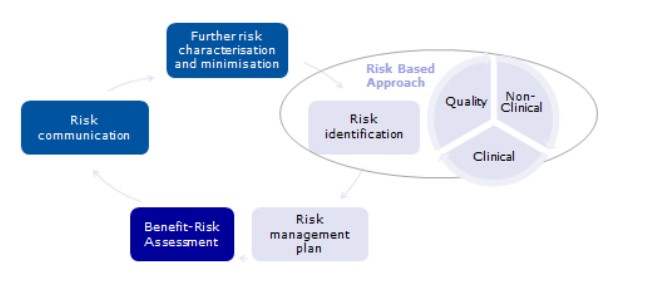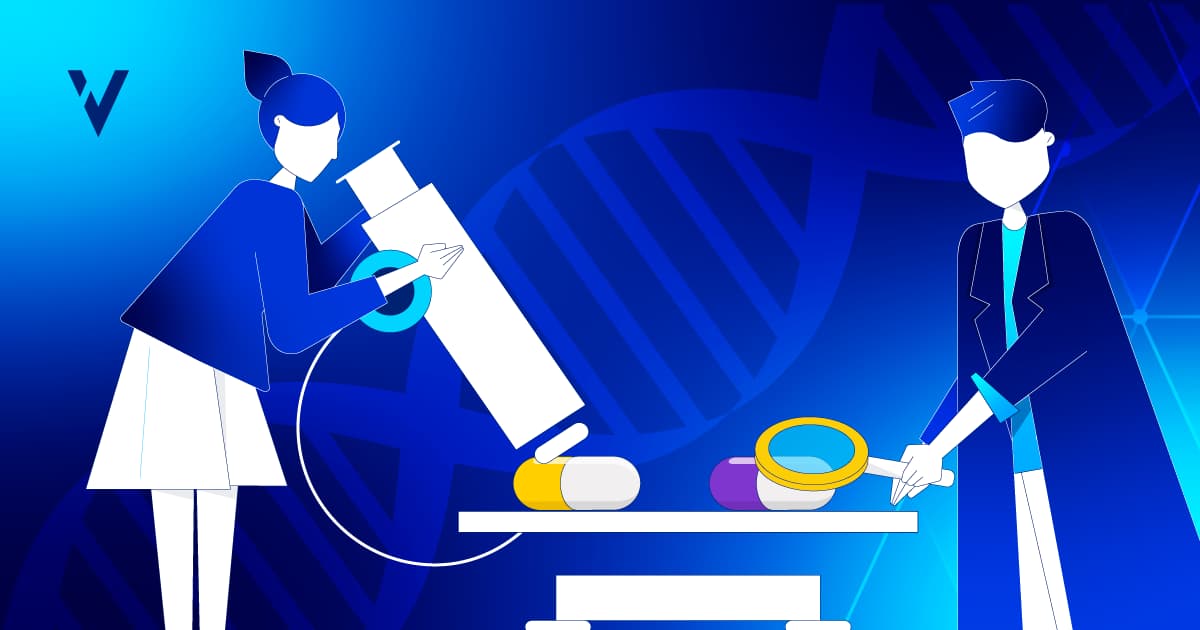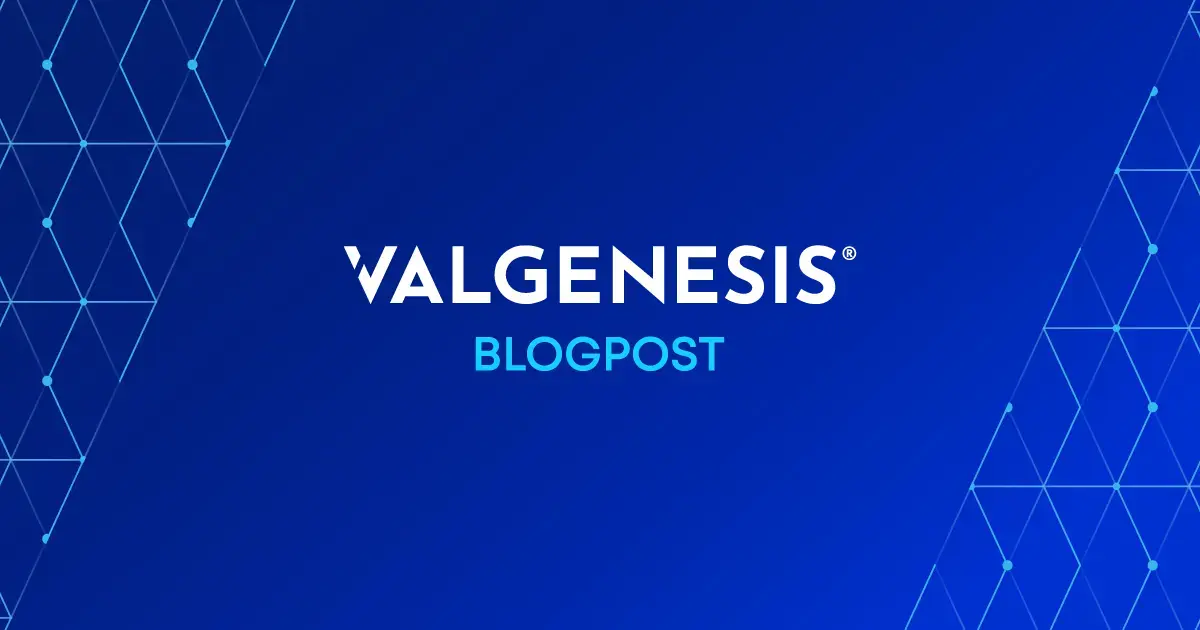The last few years have been full of advances in the field Advanced Therapy Medicinal Products (ATMPs). And, as any products that interfere in the health and well-being of patients, it requires a Quality Risk Management System. Which brings us to this blog post: why a Digital QRM System for ATMPs is a must have!
How Did we Get Here?
We mentioned advances in the field of ATMPs. These advances have the shape of cellular and molecular biotechnology progress that affects gene therapy, somatic cell therapy and tissue engineering.
Across the world, the ICH Q9 is the standard for Quality Risk Management, including ATMPs.
But if we look at the United States in specific, the FDA has issued the Chemistry, Manufacturing, and Control (CMC) Information for Human Gene Therapy Investigational New Drug Applications (INDs).
This guidance focuses on the following points:
- Administrative Information
- Quality Information Summary
- Manufacturing Process and Control Information
In Europe, on the other hand, EMA issued this regulation on advanced therapy medicinal products (known as ATMPs Regulation!).
This ATMPs Regulation includes specific guidance for ATMPs for:
- implementing a pharmacovigilance system
- risk identification
- risk minimization measures
- post-authorization Safety & Efficacy studies
- management and reporting of adverse reactions
- evaluation of effectiveness of the risk management system.
And this is where we want to focus: the Risk Management of ATMPs!
Managing the Risks of ATMPs
As with other medical products, risk detection should start as early as possible and continue throughout the development. This allows you to minimize and prevent risks when it’s possible!
Thus, the safety and efficacy are managed through the risk management plan, as the figure shows:

The same applies for ATMPs.
However, the scope of the risks is a bit different than traditional pharma and biopharma. Let’s see a few examples:
- Quality risks related to characteristics, storage, or distribution:
- Disease transmission due to cell/tissue origin
- Tumorigenicity – that is, the risk of generating tumors due to unwanted mutations
- Problems in preservation, freezing and thawing related to cold chain or other controlled temperature conditions
- Risks due to patient conditions, underlying disease, or parallel treatment:
- Anaphylactic shock or graft rejection
- Genetic modification of the patient’s cells
- Infections caused by viral vectors used in gene therapy medicinal products
- Risks to patients due to administration:
- Dosing errors
- Repeated surgical or administration procedures
- Use of medical devices
- Risks due to the persistence of the product in the patient
- Availability of rescue procedures, antidotes, and their risks
- Late complications like malignancies and autoimmunity
- Impact of previous therapies
- Risks to healthcare professionals or anyone in close contact with the patient
- Risks of dissemination and transmission to the environment
Risk identification is then followed by the construction of the Risk Management Plan, the benefit-risk assessment identification and then taking risk minimization measures. And then you need to measure the effectiveness of these Risk minimization measures.
Why Would you Need a Digital QRM System for ATMPs
As you know, for each ATMP product you have, you will need to establish your Quality Target Product Profile (QTPP). Then, from there, you can build your list of Critical Quality Attributes (CQA) and Critical Process Parameters (CPPs).
As a result of that, and by keeping a level of measurement and control over these CQAs and CPPs, you can make sure the ATMPs you produce have the desired quality.
Then you may ask: what is the most important aspect of the QRM process? We believe that the key point is to have a standard application of risk management procedures. The reasons are simple: simplification, replicability, data and information integrity and the possibility to use information through several processes.
Obviously, the challenge here is having that standard application of risk management principles. Which is where having a Digital QRM System for ATMPs comes in.
If you have a digital QRM platform where all the information is centralized and shared, it can bring you a whole suit of benefits:
- Significantly reduce the time needed to make the risk assessments
- Support a much faster documentation system
- Reduce the effort and resources necessary to manage the risks of your processes and products
- Leverage already existing information as foundation for new product developments.
How can ValGenesis Support you Digitalizing Your QRM Process for ATMPs
If we haven’t convinced you by now, let’s state the obvious once again: Digitalization will support your decision-making providing you an understanding of the risks each choice brings.
ValGenesis has a lot of experience digitalizing QRM Processes for ATMPs – including Cell & Gene Therapy processes.
If you think that your team would benefit from the process that we have just described, we welcome you to check out our service and reach out to us. We can discuss what could be the better options to make sure your processes lose the least – and therefore gain the most!


